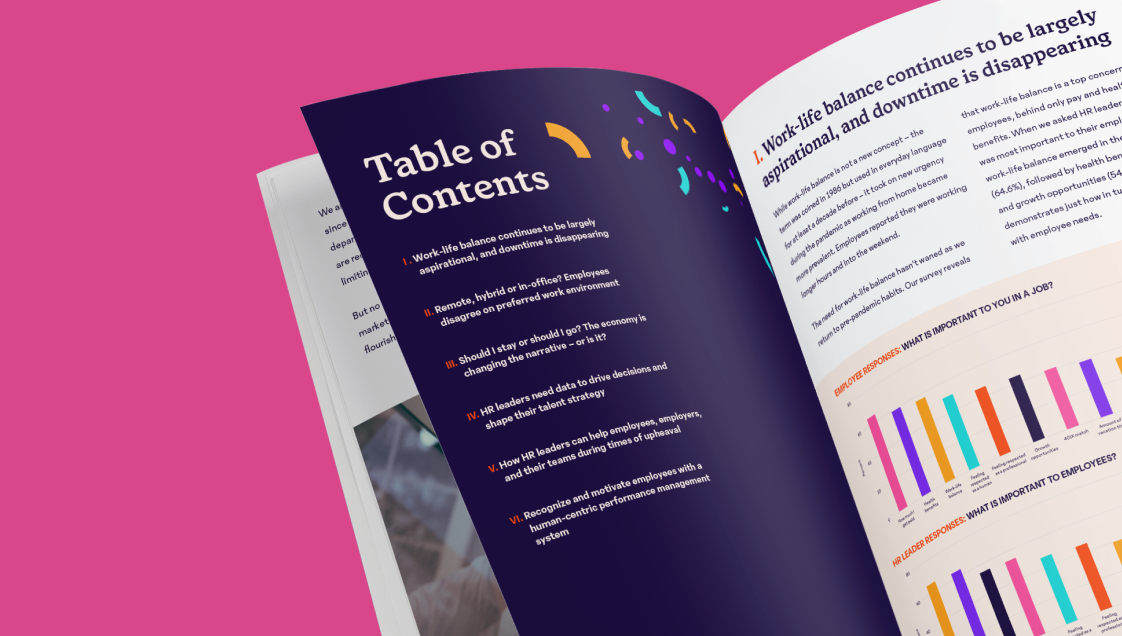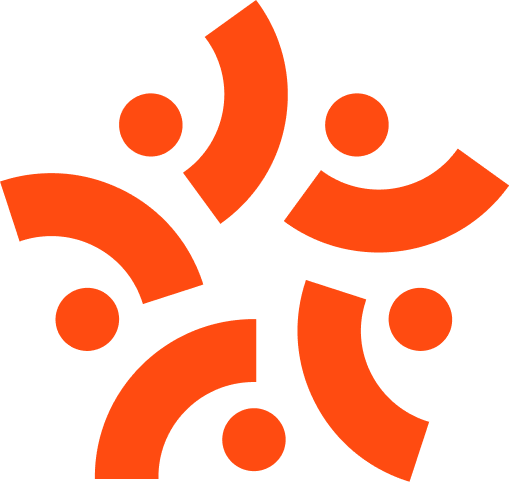The Great Upheaval: A Peek at 15Five’s Special Report on the State of HR and the Workplace
Conflicting reports about the state of the economy—from booming job growth to dire predictions of a recession—are making decision-making about next steps difficult for HR leaders, employers and employees.
We wanted to get to the bottom of things, so we surveyed 1,000 full-time employees and 500 HR leaders about work-life balance, preferred work environment, the likelihood of quitting and layoffs, and other concerns about the economic climate.
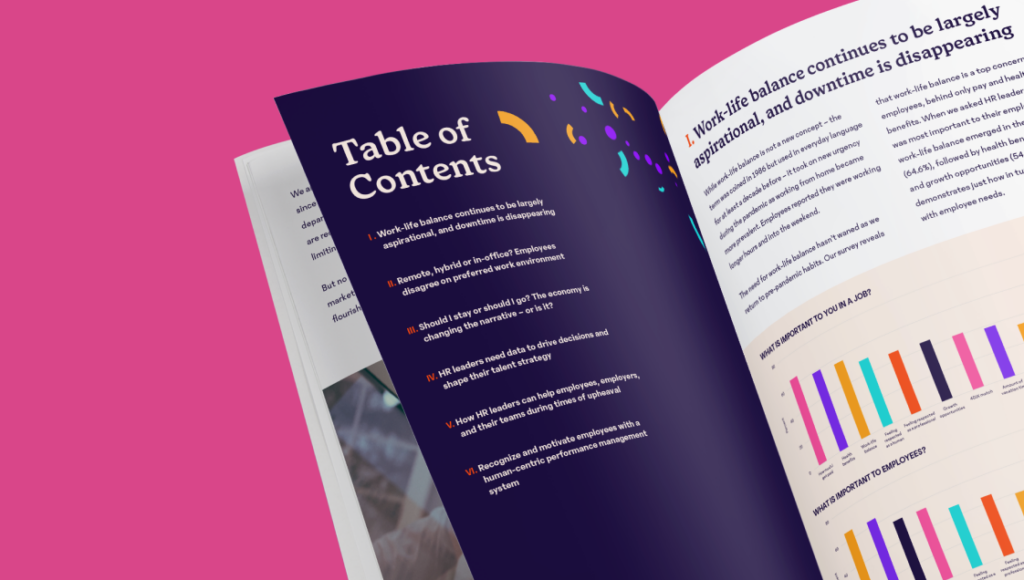
We’re calling this report The Great Upheaval, since employee attrition is slowing and many HR departments—especially in certain sectors like tech—are reducing their workforces, rescinding offers, and limiting benefits.
Four main themes emerged:
- Work-life balance remains a concern and a challenge for employees and HR leaders. Downtime is summarily ignored.
- Employees have very different preferences for their work environment.
- The volatile economy requires HR to be prepared for layoffs, even as attrition rates remain steady.
- Human Resource leadership is feeling the strain. Between the devastating effects of COVID on their employees and their organization’s bottom line, the “Great Resignation” and ongoing concerns about work-life balance, the buck often stops at HR’s door.
In this post we share some of what we uncovered. Please download the full report for more fascinating data points along with a thorough analysis:

What is most important to your employees?
During The Great Resignation, employees quit in record numbers due to feeling burnout and wanting more flexibility at work, proving just how important work-life balance is to employees. (When asked for the main reason that people have been leaving their jobs/companies, feeling stressed and burned out was the No. 2 answer, second only to wanting better compensation.)
For HR leaders, a significant challenge is deciding which work-life balance options to implement. Age, relationship status, caregiving demands and commute times all affect how an employee views work-life balance. Your employees may require personalized work-balance options.
HR and employees do agree they want downtime to be honored. Asked if they could change one thing about today’s work environment, the No. 1 response for both groups was to have personal downtime respected. For our employee survey, one cause appears to be the number of direct reports. Almost 25% of managers have more than 10 direct reports, and 9% have more than 15. Managing well requires time for regular checkins and 1-on-1s, and all managers have their own work-product to deliver. With reports in the double digits, downtime understandably disappears.
Lack of work-life balance leads to upheaval
Work-life balance is not a new concept. The term was coined in 1986 but used in everyday language for at least a decade before. Balance took on new urgency during the pandemic as working from home became more prevalent. Employees reported they were working longer hours and into the weekend.
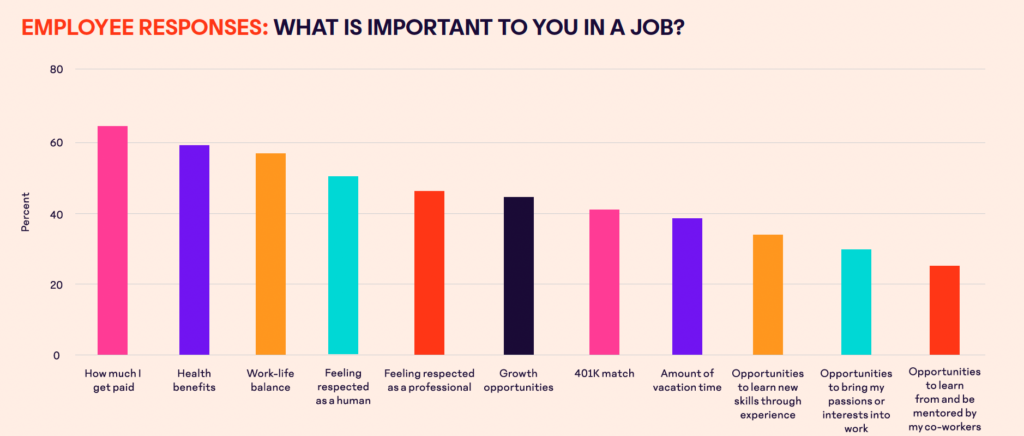
The need for work-life balance hasn’t waned as we return to pre-pandemic habits. Our survey reveals that work-life balance is a top concern for employees, behind only pay and health benefits. When we asked HR leaders what was most important to their employees, work-life balance emerged in the No. 1 spot (64.6%), followed by health benefits (62.8%) and growth opportunities (54.6%). This demonstrates just how in tune HR leaders are with employee needs.
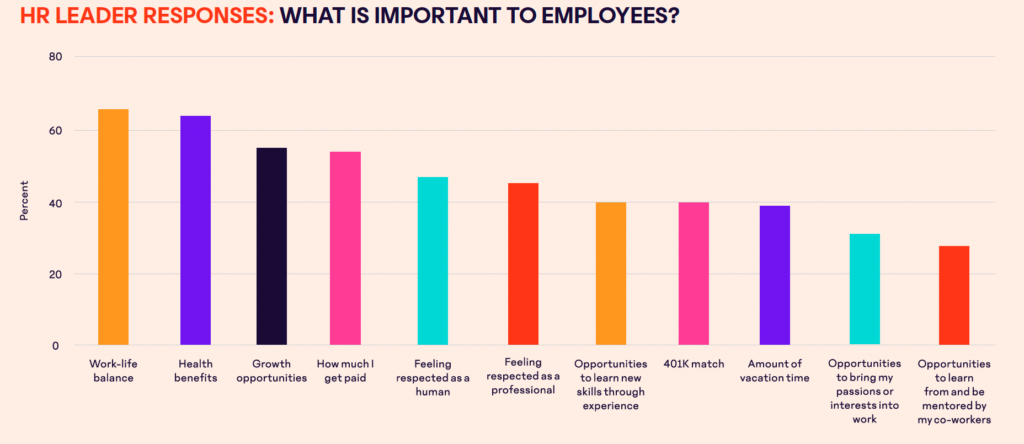
Studies have shown that when employees don’t have work-life balance or downtime, their work—and therefore the organization—suffers. Employees experiencing burnout and fatigue are not going to perform at their best.
No matter the state of the economy or talent market, there is a path forward that can create mutual flourishing for both employer and employee. It starts by first gathering data on employee sentiment and performance, and then taking action. Data is critical for visibility into trends around how every employee feels at work week over week, and how they are performing against their goals. And tech solutions can help HR leaders to identify top performers and then equip managers to bolster employee engagement, productivity and morale. Learn how 15Five’s HRIS integration can unlock the power of your people data by leveraging AI for HR.
Read the full report for details on how the economy is changing the narrative on quitting, which work environment employees prefer (hybrid, remote, etc.), and advice on how HR leaders can help employees, employers, and their own teams during times of upheaval.

